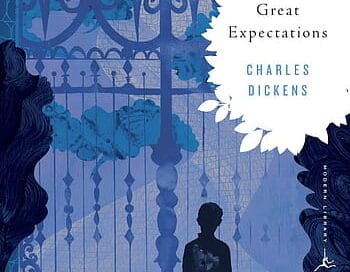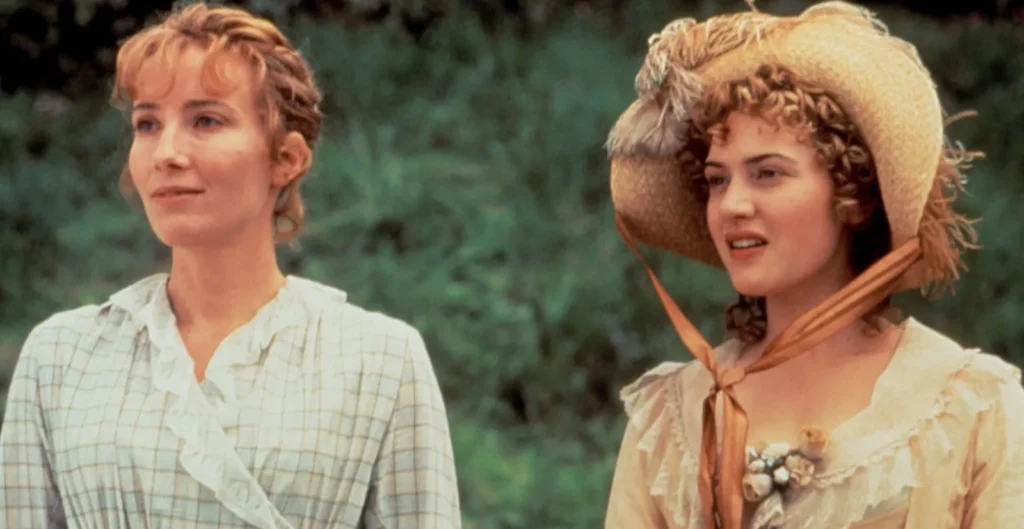The Idiot by Fyodor Dostoevsky
When Prince Lev Nikolayevich Myshkin arrives in Russia after years of treatment in a Swiss clinic for epilepsy and what people call “idiocy,” he carries with him nothing but a letter of introduction, a worn-out coat, and the most trusting heart. He is twenty-six, without family, fortune, or ambition. His innocence is mistaken for foolishness, and his kindness is seen as weakness. But it is through this simplicity that Dostoevsky creates a character unlike any other — a man whose goodness stands in quiet defiance against a world that often rewards cruelty and deceit.

The story begins on a cold morning train as Myshkin returns to St. Petersburg. There, he meets Parfyon Rogozhin, a fiery, impulsive young man obsessed with a beautiful woman named Nastasya Filippovna. Rogozhin is intense, passionate, and dangerously unstable. The prince listens to him with gentle curiosity, unaware that their paths will soon intertwine in painful ways.
Myshkin’s destination is the home of a distant relative, General Yepanchin. He is received with polite confusion. No one expects much from this nervous, pale stranger. But it doesn’t take long before his sincerity begins to affect those around him. The general’s wife and daughters are drawn to his gentleness, especially Aglaya, the youngest daughter, whose pride masks a deep yearning for something true.
In the world of social games and power plays, Myshkin doesn’t know how to lie, or even how to protect himself from insult. He speaks plainly, feels deeply, and forgives instantly. This unnerves people. Some admire him. Others pity him. Many mock him. But the prince, unaware of how the world judges him, moves forward with quiet dignity.
Then comes Nastasya Filippovna.
Beautiful, damaged, proud, and self-destructive — she is a woman who knows how society sees her. She has been kept as a mistress since she was a girl, and although men desire her, none truly see her as worthy of love. She plays the role they expect — dramatic, cruel, seductive — yet inside, she is crying for something else. Something honest.
When Myshkin meets her, he doesn’t judge her. He doesn’t want to possess her. He sees her suffering and calls her not fallen but pure. It is perhaps the first time anyone has treated her not as a thing to be conquered but as a soul to be healed.

She is startled. Touched. Afraid. Myshkin offers to marry her — not out of lust or pity, but from a desire to save her. Rogozhin, who loves her with a dark, obsessive fire, is watching from the shadows. And so begins the tragic triangle that drives much of the story forward.
Nastasya is torn. She runs from Myshkin, afraid she will destroy his innocence. But she cannot let go of the hope he represents. She cannot trust it either. She throws herself between both men, testing them, punishing herself, daring someone to pull her out of the abyss.
In the meantime, Myshkin inherits a fortune and becomes the object of attention. Suddenly, he is important. He is invited into salons and gatherings where people smile with hidden motives. Still, he remains unchanged. The wealth does not corrupt him. The titles do not impress him. He only wants to understand people, to love them, and to ease their suffering if he can.
But in a world like this, purity is a dangerous thing.
His growing closeness with Aglaya Yepanchin brings another complication. Aglaya is clever, idealistic, and proud. She is fascinated by Myshkin’s honesty and hopes he might be a romantic hero. Yet, as she spends more time with him, she sees that his compassion is not reserved for her alone. She watches how he speaks of Nastasya Filippovna. How he still wants to save her.
This wounds Aglaya. Her feelings for Myshkin deepen, but so does her confusion. She wants a love that is grand, a love that proves something. But Myshkin’s love is not passionate in the way she expects. It is gentle, undemanding, and more painful for its quiet endurance.
The prince is caught between two women. Aglaya, the symbol of light and future hope, and Nastasya, the face of suffering he cannot abandon. He does not know how to choose. Or perhaps he believes he can save both.
But Dostoevsky does not write fairy tales.
As the tension rises, Rogozhin becomes more and more dangerous. His love for Nastasya curdles into madness. He stalks her, threatens her, begs her. And still, she drifts between them — terrified of being loved too little, or too much.
At last, a wedding is planned. Myshkin will marry Nastasya. Perhaps it will be redemption. Perhaps love will finally win. But at the altar, in front of the guests, Nastasya looks into the prince’s eyes and runs. She runs not to freedom, but back to Rogozhin. Back to the fire that will consume her.
Myshkin follows. He finds her later, lifeless. Rogozhin has done what he always feared he would. He has killed the woman he loved.
What follows is perhaps the most haunting scene in all of Dostoevsky’s writing. Myshkin sits beside the body of Nastasya. And Rogozhin sits too. Two men, one destroyed by passion, the other by compassion, united in silence over a woman they could not save. They remain there, through the night. And when morning comes, something in Myshkin breaks.
He returns to the place where he once found treatment, back to the Swiss clinic. But the light that once glowed within him is gone. His mind begins to fade. He sinks into silence. The world has defeated him — not by beating him, but by exhausting him.
The people who once surrounded him move on. The Yepanchins leave Russia. Aglaya marries a foreigner. Rogozhin fades into obscurity. And Myshkin, once the image of innocent goodness, disappears into the shadows of memory.
Why The Idiot Still Moves Us
The tragedy of The Idiot is not just in what happens to its characters, but in what it reveals about the world. Myshkin, who tries to live by the highest virtues — kindness, honesty, forgiveness — is treated like a fool. The world does not know what to do with him. People either mock his purity or try to break it. In the end, they succeed.
Dostoevsky was not offering an ideal to copy. He was showing how fragile goodness is when placed in a broken society. Myshkin’s downfall is not because he is wrong, but because the world is too harsh to allow such gentleness to survive.
And yet, in his suffering, there is something holy. Myshkin does not become bitter. He does not stop loving. Even in madness, he remains himself. That is his quiet victory, even if the world never notices.
The Idiot remains one of Dostoevsky’s most human novels. It is filled with sorrow, but also with grace. It reminds us that innocence is not ignorance. That love is not always enough to save someone. And that sometimes, to be good in a cruel world is the greatest tragedy — and the greatest truth — of all.
If you’re curious to explore how Dostoevsky came up with the idea of writing The Idiot, I highly recommend watching Sahil’s deeply insightful explanation. His breakdown of The Idiot’s history is not just informative but beautifully presented, offering a deeper understanding of Dostoevsky’s vision behind the novel. I found it incredibly enriching, and I’m sure you will too.
[Channel Credit: Sahil Outsider]
Also read Fyodor Dostoevsky’s Biography


